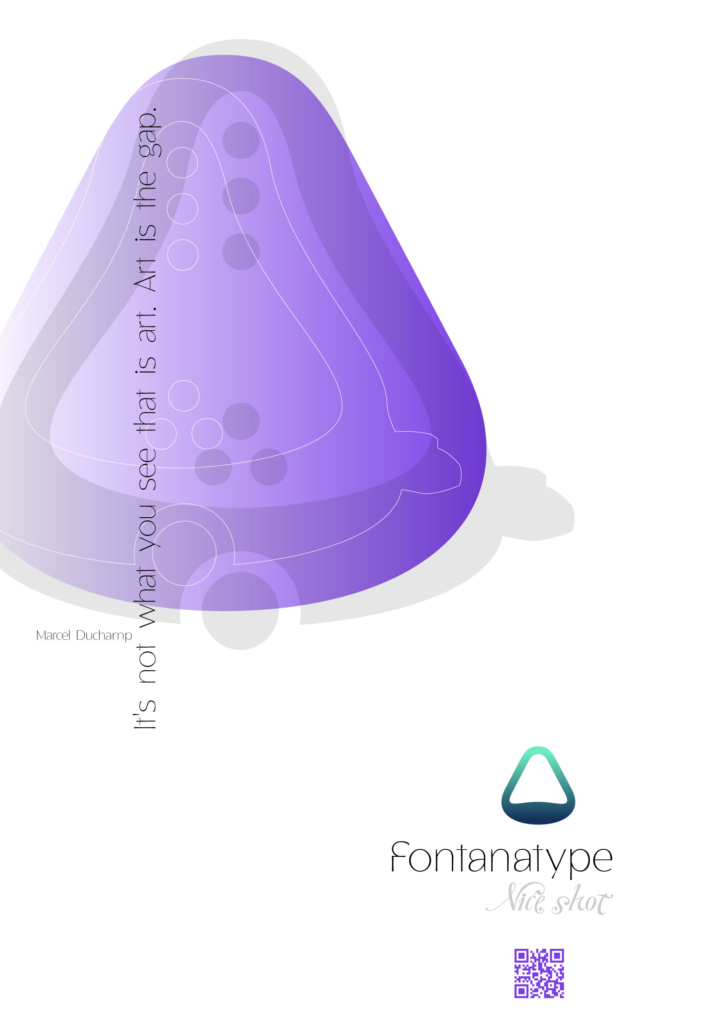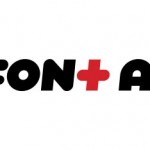Why a urinal?
I have always considered Fonatnatypera as a personal brand. Anyone who already designed a logo for themself has faced how difficult it is to come up with a final form – I would change it every month. This has been no different in Fontana’s more than 20-years of history. When we started the Fontana Type Foundry with Gábor Kóthay, the archaic, historical style was defining since at the time historicism and the revival of the old letterforms were still the focus of the tradition. At the time the logo resembled a Renaissance letterpress sign. Much has changed since then. Fontanatype was the first digital type foundry in Hungary, and this new, digital character would later be visible in the logo’s evolution.
Why a urinal then? In 1917, Marcel Duchamp exhibited a porcelain urinal as a piece of art with the title the Fountain. This cursed object has now become one of the most famous objects of the 20th century and also one of the iconic pieces of the genre of appropriation art. Sometime in the past, the Phoenicians drew a series of letters that have been copied one way or another ever since. Scribes have been appropriating every day, minute by minute, for centuries. We as type-designers do the same with letters that Duchamp does with the urinal. Of course, we always change something, and thus it becomes the property of the re-expropriating, formatting creator.
How does this relate to our logo? I’ve always been in trouble with the logo because I usually print Fontanatype with that letter on each material, so I only needed a single sign; one that’s recognizable and works well with online interfaces, since that’s the only way the sign would be used. However, eventually, it became a logo for which I used a new typeface; the Tellurite Sans. ‘Where is the tradition?’ – you may ask. Tellurium is a semi-metal that was discovered by a Transylvanian miner back in the 18th century. The letter of the slogan Zanzibar by Gábor. So in this way, we remain true to the traditional essence of the type foundry.
Logo evolution from 1999.




